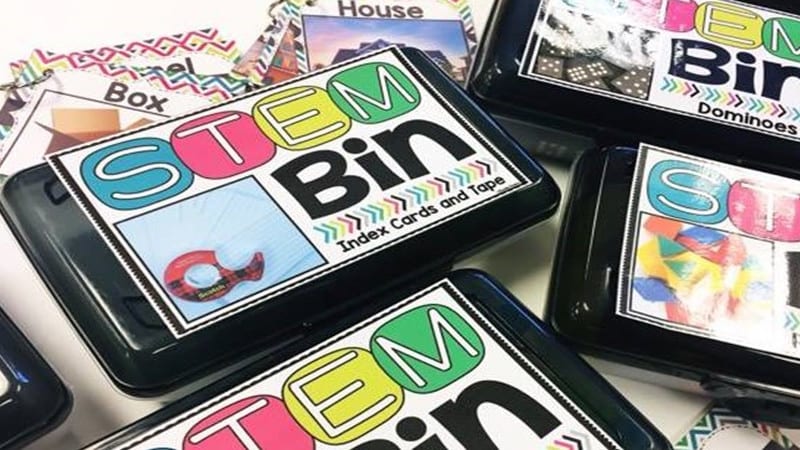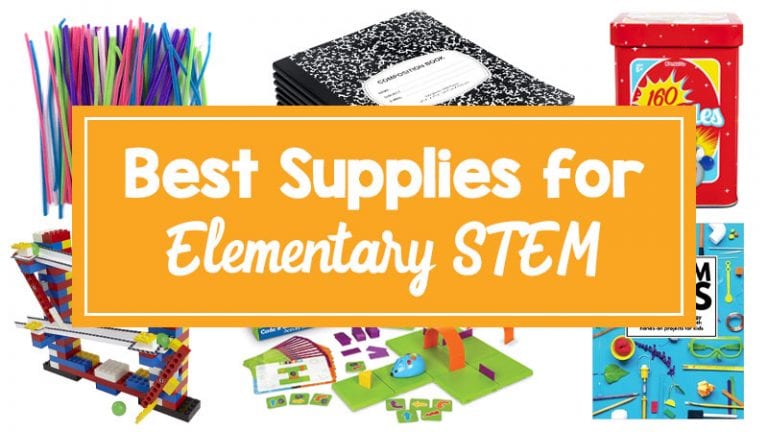Editor’s Note: Recently, we’ve been hearing a lot of buzz about STEM Bins on our WeAreTeachers HELPLINE. So we reached out to the creator and asked her to tell us all about them.
When you pass out base ten blocks, linking cubes, or any other math manipulative to elementary students for the first time, what do you expect they’ll do? Chances are, they will immediately begin building towers, structures, and patterns without being prompted. They will communicate with their peers about their creations, maybe even combining materials to build something taller or stronger.
Why? Because engineering is already part of the DNA of young learners! Elementary school is the perfect time to introduce the engineering design process through simple STEM activities because it builds on children’s natural curiosities to create. That’s why I createdSTEM Binsfor elementary students. I wanted to provide an invitationfor children to explore and engineer through play using materials that most teachers already have on hand in their classrooms.
What are STEM Bins?
STEM Binsare plastic boxes filled with an engineering manipulative of your choice, such as LEGO bricks, pattern blocks, Dixie cups, toothpicks and playdough, or popsicle sticks with Velcro. The boxes also contain sets of task cards that picture a variety of basic real world structures to inspire students to build.
STEM Binscan be placed on an easily accessible shelf in the classroom or inside a classroom makerspace. During a designated time of the day, students can take aSTEM Bin or two to their seat or a carpet area and get a quiet moment to engineer independently or with a partner.
Theyuse the materials in the box to construct as many different structures on the cards as they can. And instead of being just “busy,” students are engaged in creative, complex tasks and are encouraged to think like inventors. Kinesthetic learners, spatial learners, and logical learners will love exploring the different possibilities for the building materials.
Even better? The prep and management on the teacher’s part is minimal! Most materials are non-consumable and the task cards are interchangeable with nearly any building material.
Here are a few STEM bin ideas to get started in your classroom:
1. Use STEM Bins for earlyfinishers
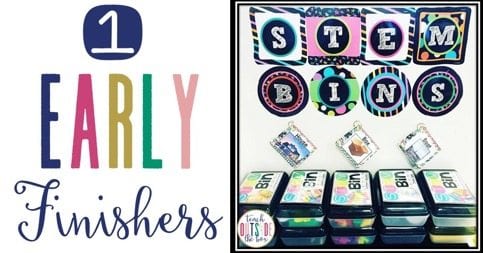
Say goodbye to the familiar, “I’m finished! What do I do now?” question from your students. Instead of giving early finishers MORE work, give them more MEANINGFUL work withSTEM Bins. Take their learning to the next level and challenge students to measure their structure, test its weight, or turn it into something useful. They can also write about their structure or use iPads to create a picture collage or how-to video. STEM Binsare perfect to fill those small transitions and windows of time between lessons because clean-up is a snap.
2. Use STEM Bins for morningwork
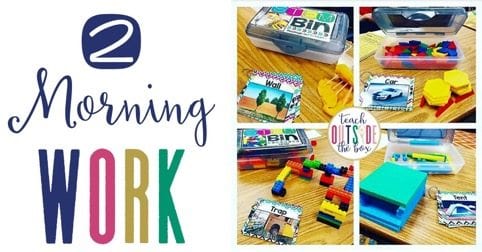
Paperless, NO PREP morning work?! Yes, please!STEM Binsare a wonderful way to engage and “wake up” those little brains each morning, especially if your students arrive in the classroom at varying times. This is also a great time to allow students to collaborate with partners.
No copies for you + creative exploration for them = a win-win way to kick off the school day.
3. Use STEM Bins for literacy centers
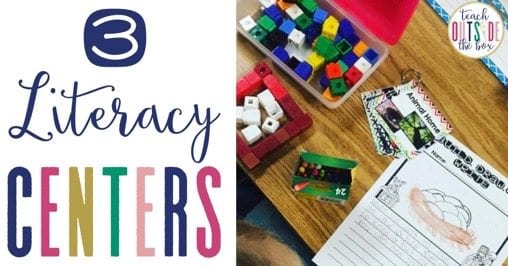
“I don’t know what to write about!”
Sound familiar??STEM Binsare a huge buy-in for reluctant writers because students are allowed to create before writing and their structures provide an automatic “prompt.” Younger students can write words and sentences about their structures, while older students can write descriptive paragraphs, how-to paragraphs, or even imaginative stories about their structures.
4. Use STEM Bins for studentincentives
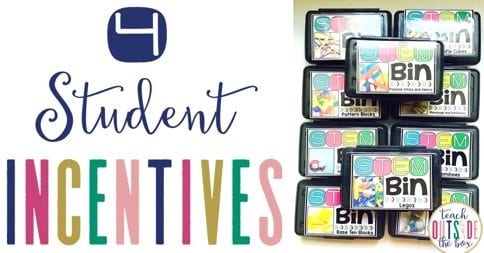
Ironically, althoughSTEM Binsprovide an outlet for early finishers, they also serve as a potential reward for students to finish their work in the first place! Additionally, many students with behavioral issues will be more motivated to make good choices if they know they will get to “play” with LEGO or Dixie cups.
5. Use STEM Bins for makerspaces
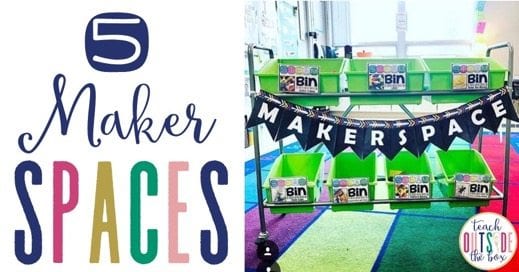
A makerspace is an area of the classroom or common media space that is reserved for creative exploration, engineering, and inventing. Makerspaces contain arts and crafts materials, robotics, technology, and engineering materials such asSTEM Bins.In a makerspace, children have opportunities to discover, construct, test, and explore using divergent, “outside the box” thinking. You may choose to limit materials, assign specific tasks, or encourage more free range exploration and inventing.
I hope you might be willing to giveSTEM Binsa try in your classroom. The possibilities to encourage creative engineering in your students are limitless!

